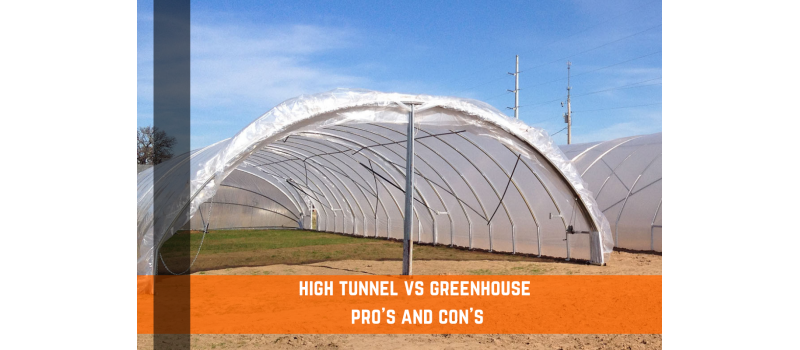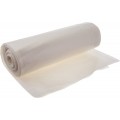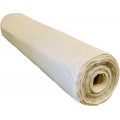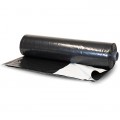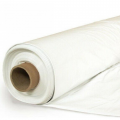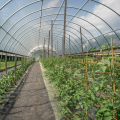A protected growing space can make a difference, whether you're a professional farmer looking to extend your growing season and increase your annual output, or a backyard gardener looking to take your veggies to the next level.
Choosing the right system for your needs could make the difference between a bountiful crop and an ecosystem riddled with bugs and drought.
Everything You Need to Know About High Tunnels
While high tunnels are often mistaken for classic greenhouses, they are a relatively new phenomenon in the realm of protected farming and gardening. Each has specific benefits and restrictions to consider before getting yours up and running.
High tunnels, while comparable to traditional greenhouses, are typically lighter, more movable, more flexible, and more versatile than their bigger, more permanent counterparts. This gives growers a handful of distinct benefits in building an environment that is ideal for vegetables, leafy greens, and other crops.
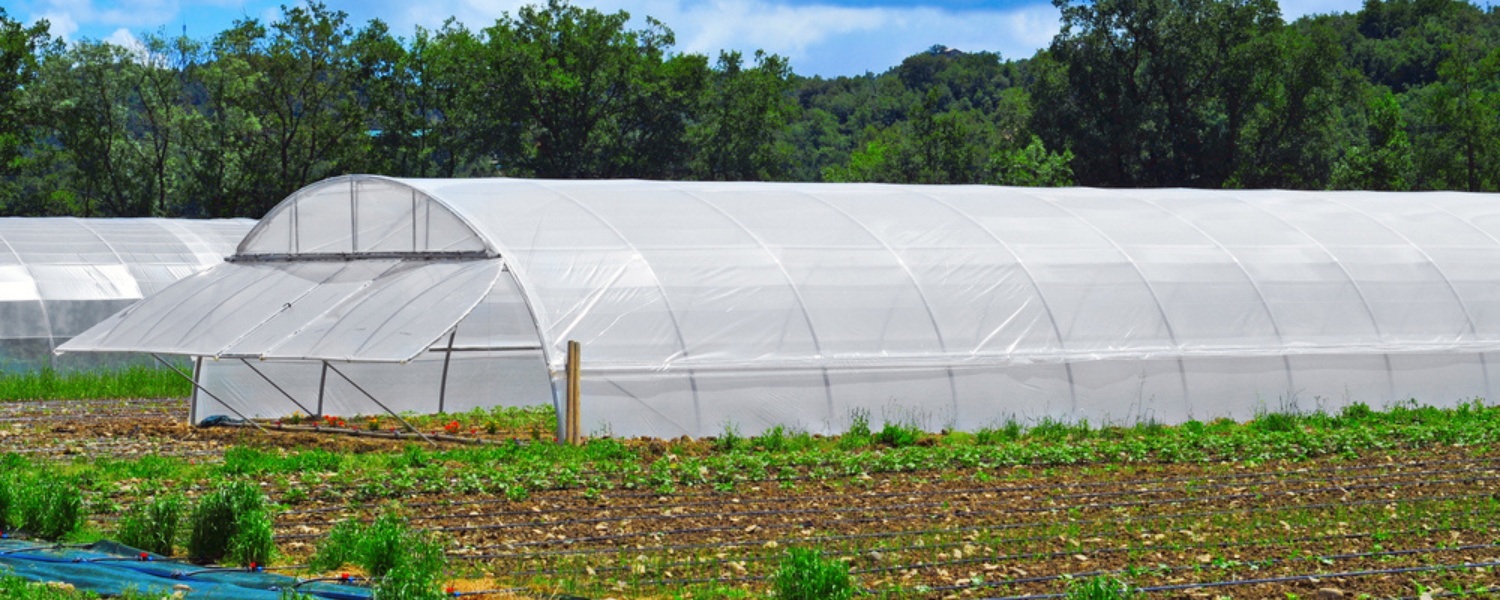
Some High Tunnel Benefits
High tunnels, with only a single layer of covering, were the ideal choice for growers who wanted to alternate between outdoor and indoor cultivation throughout the season. With that single covering, farmers and growers can simply remove the sheet and give their crops complete exposure to the outdoors. This is especially true when crops are planted directly into the ground, rather than in raised bed, like in a greenhouse.
Let's take a quick look at some of the other pros:
- Budget-friendly
- Can offer more growing space
- High tunnels are more flexible structures
- Can be changed to accommodate various needs
- Interior space can increase or decrease as needed
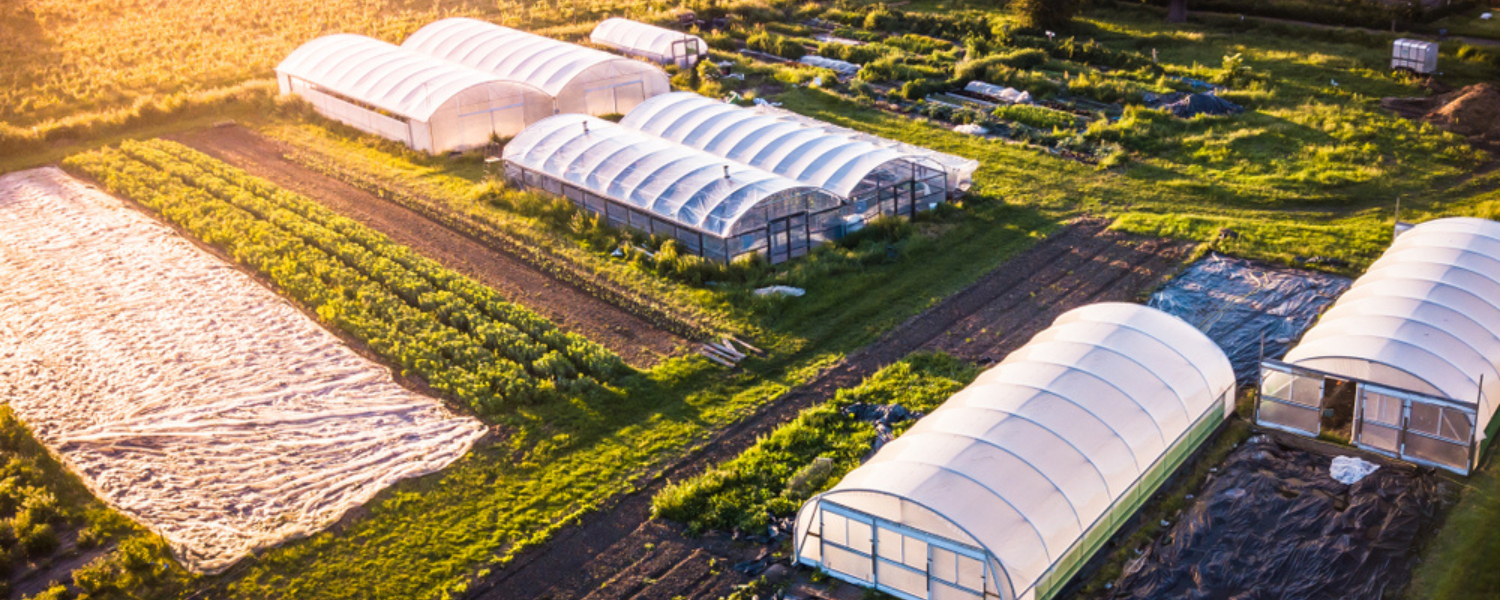
Understanding Greenhouses
A traditional greenhouse is a grow space designed for year-round use, and the protection they provide exceeds that offered by a high tunnel or hoop house. They're tough, durable, and can withstand even the worst of what winter can throw at them.
When growing in a greenhouse, farmers can work through all four seasons with confidence, knowing that the protected space can handle the coldest of colds and the hottest of hots.
Benefits of Greenhouses
It's clear enough to see that greenhouses differ significantly from high tunnels, but let's briefly explore some more of their benefits before we dive into some of their inherent downsides.
- More visually appealing
- While used mainly for florals, they can also be used to grow crops
- Frames are made from powder-coated aluminum, which prevents oxidization
- Better protection from pests
- With special toughened glass, can withstand bad weather
Downsides to Greenhouses
Now that we've covered why greenhouses are good, and they certainly are excellent, we must address the inherent cons to working with a greenhouse for your growing needs.
- Site preparation is challenging
- Custom-made greenhouses can come with delivery delays
- Must be professionally installed
- Expensive and difficult to move
- Replacing panels is not as simple once damaged
- Location is important and limiting
- Supply kits and other accessories can be expensive
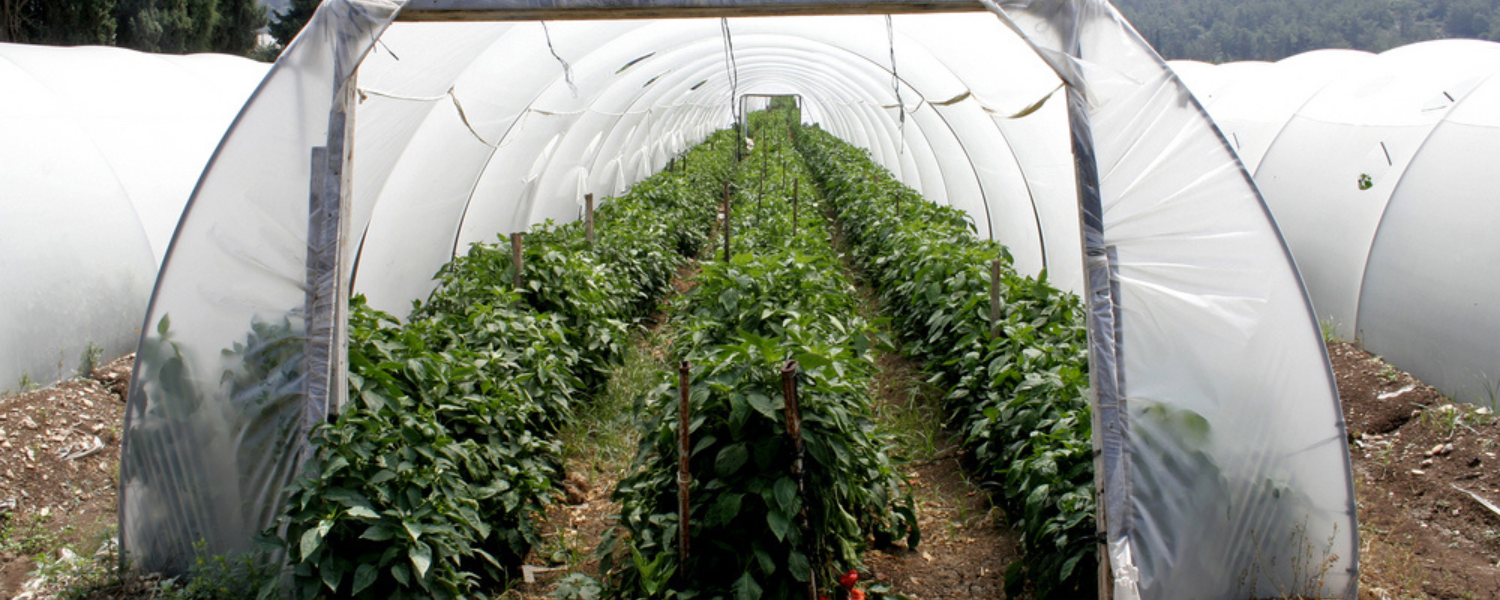
Site Prep and Construction
Polytunnels can be built in a day, even on a slightly uneven area. Greenhouses require more time to construct. They also need to be built on a precise level and smooth surface.
Preparing the Ground for a Greenhouse
When preparing the surface beneath your greenhouse, you're going to want to consider one of three things:
- Paving slab bases
- Compacted soil bases
- Compacted soil and paving slabs
Paving slabs allow you to plant crops and flowers only into pots but offer more structure and stability. Compacted soil means you can plant your crops directly into the ground, but it's entirely plausible for you to choose a combination of both.
Paving slabs are widely regarded as the ideal greenhouse foundation. It helps to avoid moisture build-up, fungal problems, and infections that might develop in unprotected soil. To avoid harsh, direct sunlight, both types of constructions should face north-south.
Ventilation
If there is a big temperature change, most of your plants will dry out. Temperature changes are a rippling effect of ventilation.
High tunnels provide far more control over air movement. The tunnel has large openings on both ends that allow enough air to circulate through it. Greenhouses have an opening on the roof, a door, and side vents for ventilation. To achieve effective ventilation, keep all doors and vents open on sunny days.
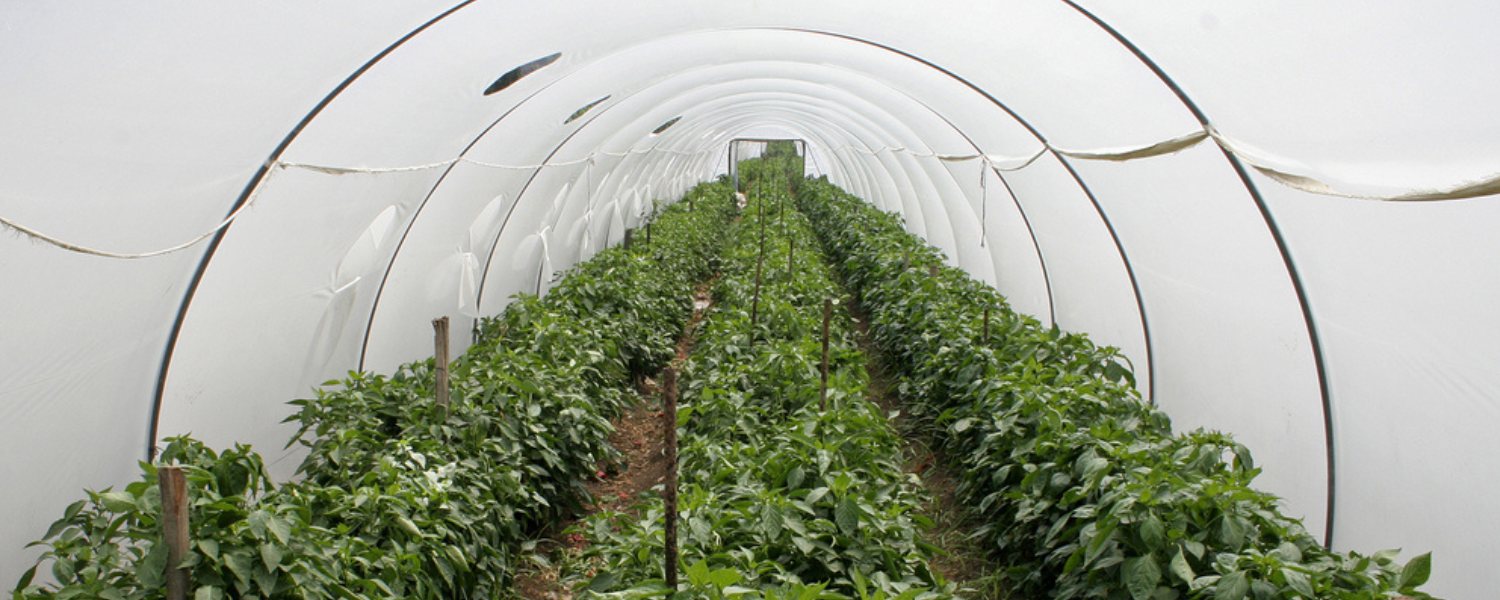
Design
Greenhouses, especially those with elaborate designs, can be the focal point of any garden. You can choose from a variety of forms and models. The most popular types of greenhouses you'll see in people's gardens would be Orangeries, Victorian Style, or Dwarf Wall greenhouses.
In the case of hoop house vs. greenhouse designs, the hoop house is more practical, though does have less overall aesthetic appeal. They do come in a variety of shapes and sizes, which can be especially useful for different garden shapes, and each has its advantages.
Semi-circular arc-shaped tunnels, for example, allow rain to simply drain off the surface. High-tent tunnels allow taller plants like tomatoes to grow to their full height, making them ideal for high tunnel gardening.
Heat Retention and Shading
Both structures aim to shield crops from bad weather and store heat and moisture, ultimately resulting in a pleasant growing environment. In a high tunnel system, heat retention is directly affected by the type of plastic sheeting is used to cover the tunnel.
Some people choose to paint some of their glass panels to minimize the amount of light streaming in. You can also achieve a similar cooling effect by partially covering parts of your greenhouse with external curtains. Both options efficiently block the passage of light through the glass.
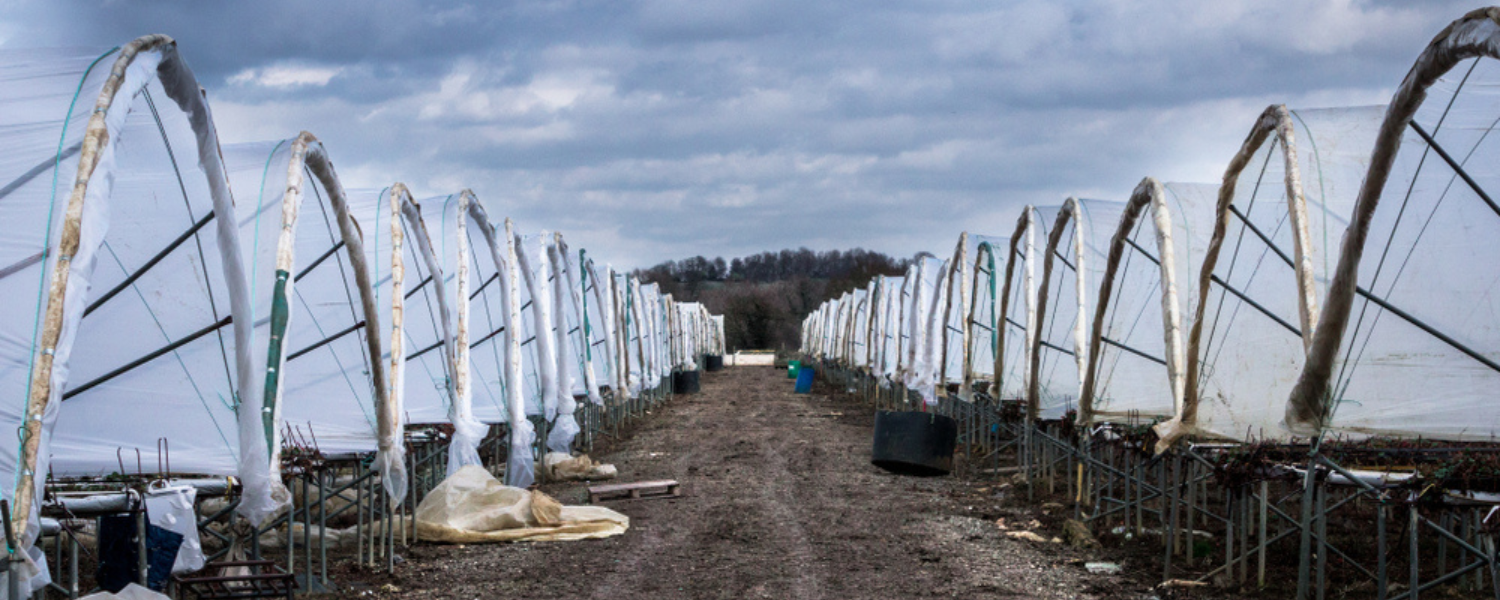
Set Up Up Your Growing Space With Us
Our high tunnel and greenhouse kits have a simple design, excellent utility, and are easy to assemble. Farm Plastic Supply has Greenhouse Kits for all skill levels, whether you are a seasoned gardener or just getting started.

